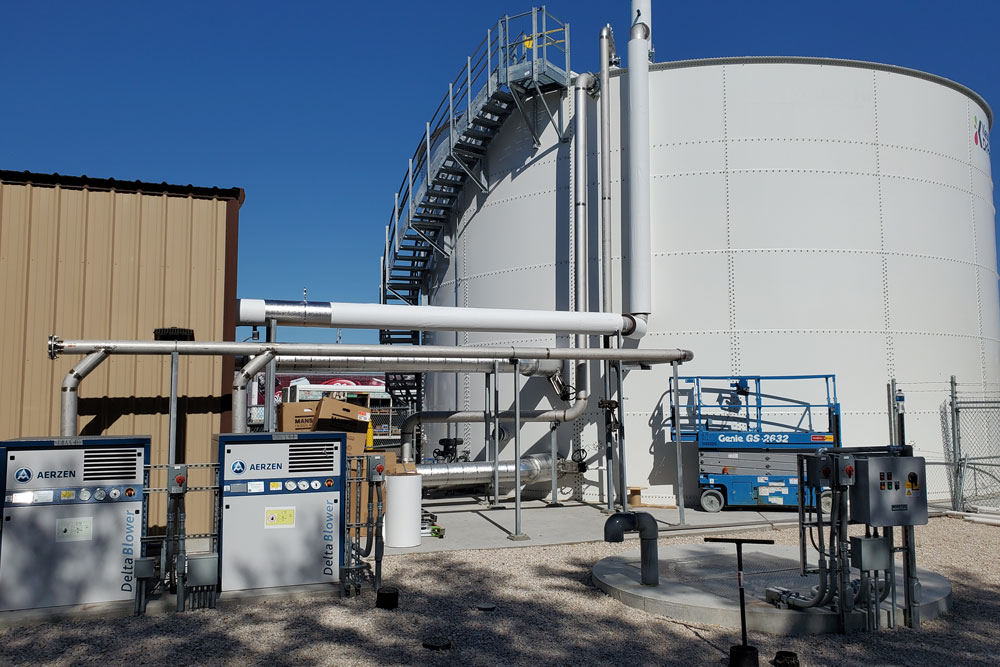

Beverage and refreshment producers throughout the United States continue to increase their production goals as demand for beverages grows. For many beverage producers, the increased production, deteriorating infrastructure, and increased sustainability initiatives means that upgrades to their wastewater treatment systems are necessary. Faced with these challenges at their carbonated beverage plant located in the Central United States, our client - a leading beverage and refreshment company - turned to The Probst Group to provide a collaborative partnership that could effectively solve the issues facing their existing wastewater pretreatment facility (WWPTP). The facility’s existing treatment process consisted of two 10,000 gallon underground vaults that were utilized for pH adjustment for both process wastewater and sanitary wastewater from the production facility. After pH adjustment, the combined wastewater was discharged to the local Publicly Owned Treatment Works (POTW). With production increases underway and additional increases planned for the future, the combined 20,000 gallon volume of the underground vaults did not provide sufficient retention time for pH adjustment and flow equalization, resulting in pH violations and significant surchargers from the POTW.
Utilizing Probst’s Proven Process, the Probst engineering team applied generations of expertise in wastewater pretreatment while collaborating with facility engineers to deliver a solution that would meet their needs for today and tomorrow. Facility engineers and stakeholders desired an aboveground pH adjustment solution that incorporated automated screening and significantly longer retention times.
The Probst Group delivered an innovative solution that addressed all of the concerns and goals for effectively pretreating the facility’s wastewater. The fully automated solution offers system-wide redundancy and includes the following components:
To account for calamity avoidance, the system was designed to include early detection of high loads of BOD. If detected, wastewater is diverted to the rehabilitated underground vaults to provide additional treatment prior to discharge.
The upgraded wastewater pretreatment components and processes have produced significant results for the facility.
IMPROVED PH ADJUSTMENT
The original wastewater pretreatment system only allowed for 10-15 minutes to resolve wastewater issues - a timeframe that was proving to be a very costly issue. The new pretreatment process allows for up to 24 hours to identify and solve any pH and/or BOD issues before discharging to the POTW.
COST SAVINGS
Chemical cost savings exceed $150,000 annually, as the use of caustic chemical has been drastically reduced (from the previously utilized 1,500 gallons per week to only 1,200 gallons per year).
CALAMITY SENSOR BENEFIT
In addition to the other benefits of the fully-automated system, it also provides visibility on product losses for the production facility by trending the data from the BOD calamity sensor in real time.